There are so many creatures in the seas, oceans, rivers, lakes and caves around the world. All the time new species are being discovered. Any scuba diver is always interested in the animals he or she sees, and rare or special species are always more exciting to encounter. Some popular creatures are large, such as sharks and rays. Others like intelligent mammals, such as dolphins & whales. And others might be special because they’re hard to spot due to their size or being rare, or being shy or fast to swim away. There’s one group of marine creatures that includes rare and common species, but nearly all are small and absolutely all of them move incredibly slowly. These creatures are sea slugs which make up the sub-order of Opisthobranchia and are commonly known as Nudibranchs. Divers usually love or hate the sea slug, or nudibranch.
What is a Nudibranch?
The name comes from the Latin word for ‘naked’ and the Greek word for ‘gills’. They are molluscs in the class of gastropods. A nudibranch is basically a sea slug, but there are some species of sea slugs that are not nudibranchs. The term ‘sea slug’ may sound unpleasant and boring, but these creatures have quite a following of fans, many of whom go diving in search for new or particular species. In general, they are about the size of your thumb, but many are a lot smaller and some measure up to 60cm. in length. Most are colourful, but some are very bland in appearance. Only a few can swim, while most move across the seabed or coral very very slowly. They fall into two main groups, which are dorid nudibranchs and eolid nudibranchs. The main difference between these two groups is their appearance and which body parts they use to breathe. There are more than 3,000 different species of currently-identified nudibranchs. New species are recognised by science every year.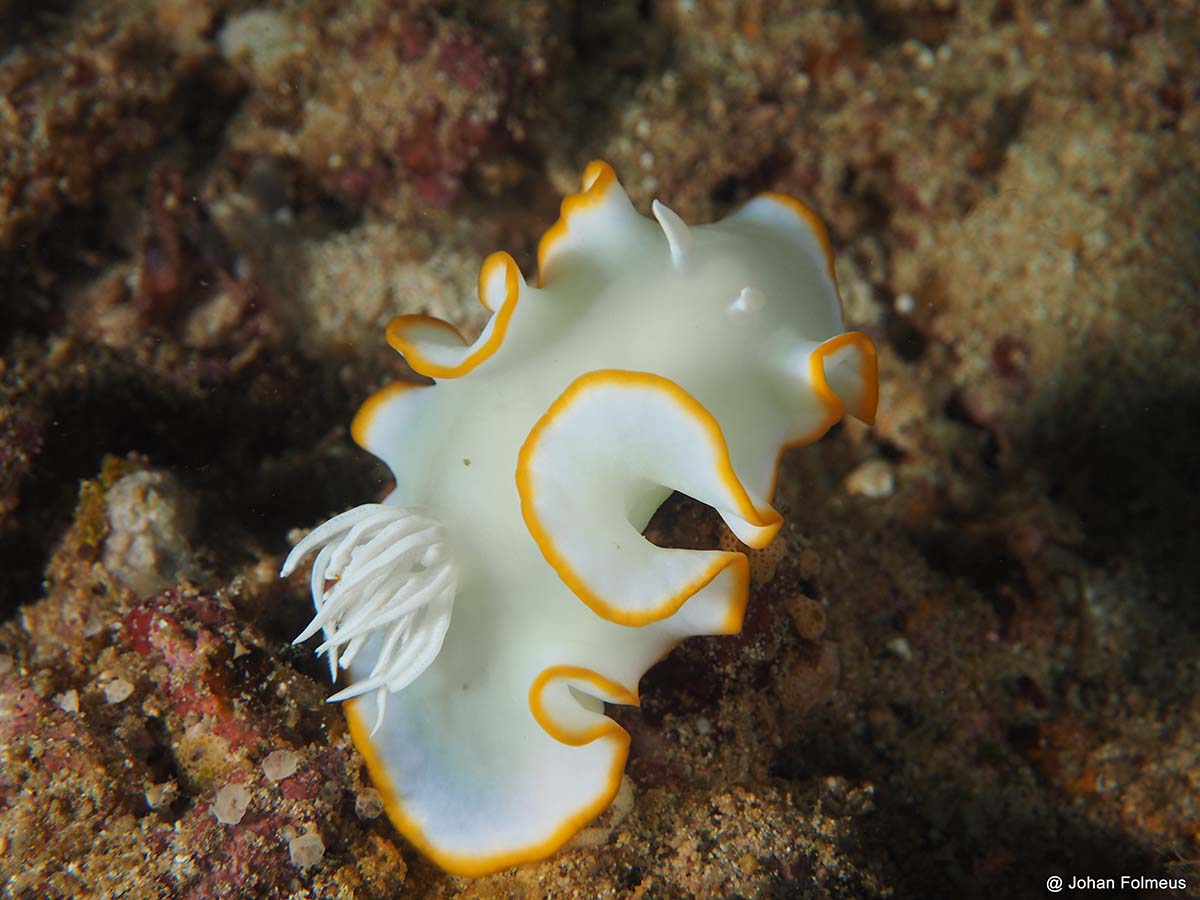
Why are they so popular?
This is an interesting question. At the end of the day, they’re only hard to find because they’re so small. And finding one may be special because some species are rare, and there are so many different species. In recent years, mainly due to the increasing popularity of recreational underwater photography, scuba divers appear to be in clubs and in competion with one another to find and record a sighting of new or special species. Other divers (including the author of this page) have no interest in nudibranchs at all. Among today’s divers there appears to be a distinct divide of those who like them and those who don’t.
What do they do?
Like snails and other slugs, most nudibranchs spend their lives moving along very slowly while consuming food directly through their ‘foot’ which is an underbelly used for most bodily functions. A few species can swim, most notably the Spanish Dancer (Hexabranchus sanguineus) which is large & colourful.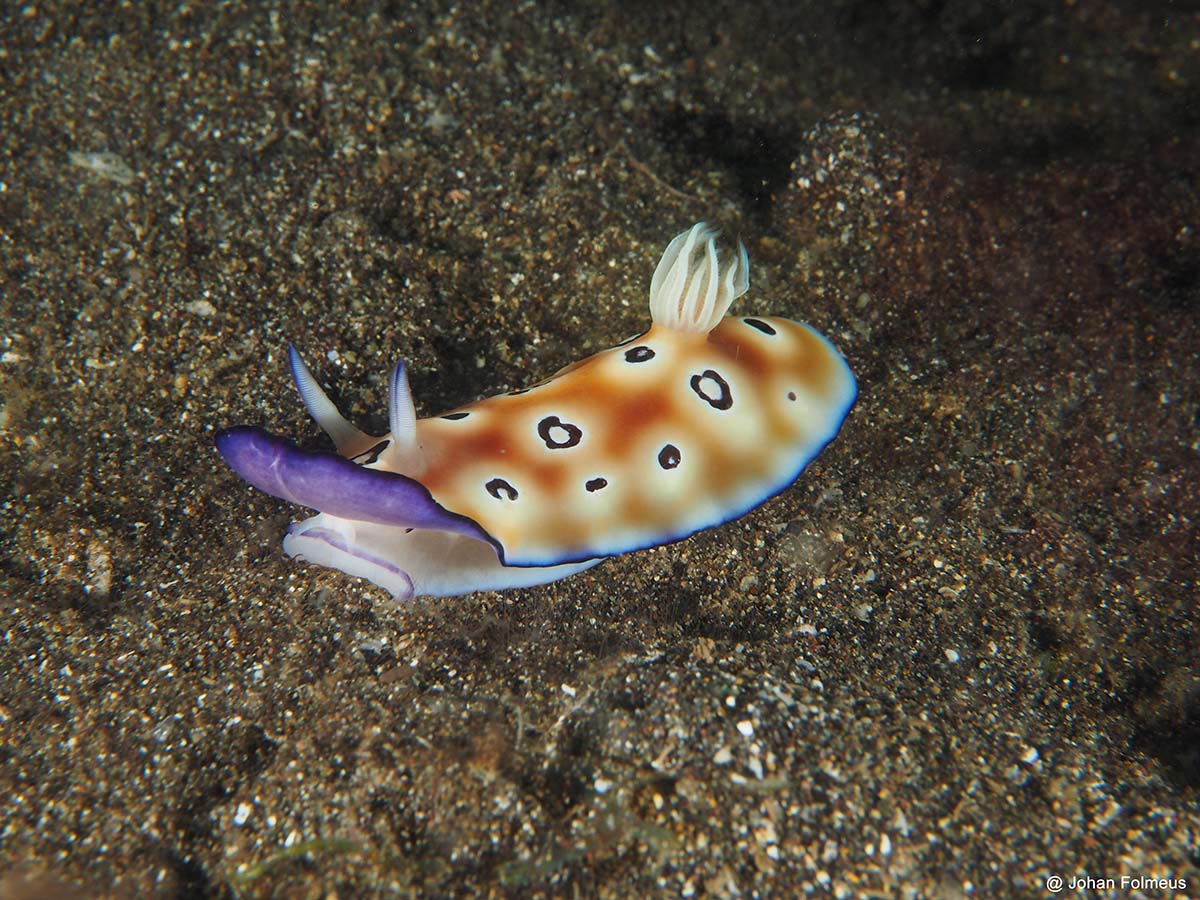
Nudibranch reproduction
Nudibranch reproduction is quite easy for them because nearly all species are hermaphrodites, meaning that they can easily become one gender (sex) or the other depending on each situation. This increases their mating opportunities to the maximum, especially considering that they move so slowly and can’t race between one potential partner and the next.
What do they eat?
Nudibranchs are carnivores, meaning that they eat other animals. They normally eat barnacles, sponges, anemones, and sea slugs & their eggs. They have even been known to perform cannibalism and eat members of their own species. Some species are able to benefit from eating poisonous anemones and using that poison to defend themselves.
What eats nudibranchs?
Not a lot! They have very few predators, which are mainly turtles, crabs, humans* and other nudibranchs. *People in remote coastal areas of Chile, Alaska & Russia might boil and eat nudibranchs, but the taste and texture is very much an acquired taste. The reason very few predators choose nudibranchs is that many contain poison and others have vivid colours, which is an indication to potential predators that they should stay away due to poisonous flesh. Quite a few species of nudibranch appear to be poisonous due to their vivid colouration when in fact they are not poisonous at all.
How long do nudibranchs live?
They do not live very long. From a few weeks to about one year is the average life span of nudibranchs. This is of course dependent on the species and its living conditions.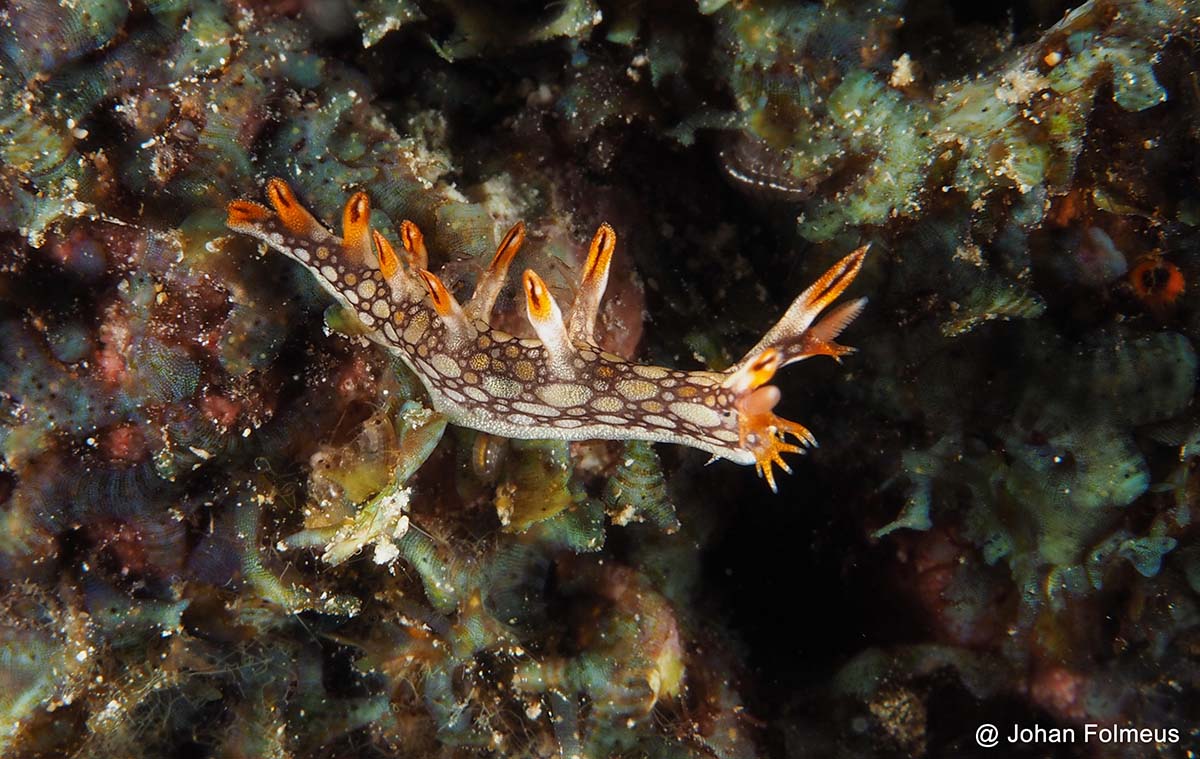
Where do nudibranchs live?
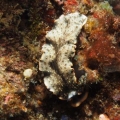 They live in seas and oceans all around the world, from shallow depths down to 2.5km (1.6 miles) below the surface. Unlike most other marine species which can swim, nudibranchs do not migrate from shallow to deep depths or vice versa.
They live in seas and oceans all around the world, from shallow depths down to 2.5km (1.6 miles) below the surface. Unlike most other marine species which can swim, nudibranchs do not migrate from shallow to deep depths or vice versa.
At the Similan & Surin Islands in Thailand there are many different species of nudibranch at all different depths. They can be colourful and they come in many sizes. As previously mentioned, the author of this page has no interest in being shown a nudibranch while diving. But if you like nudibranchs, or want to see them while diving, please mention this to your Divemaster guide before you get in the water. And make sure that you understand your Divemaster’s nudibranch finger signal to help you understand what you’re looking at or being shown. Most of our Divemaster guides enjoy finding nudibranchs and showing divers who are happy to see them.

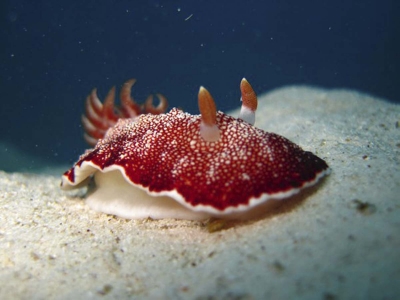
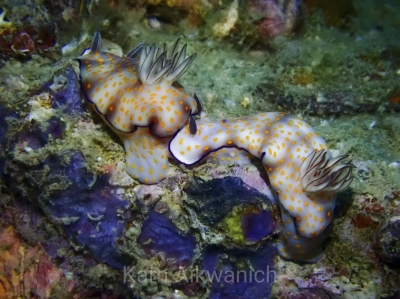
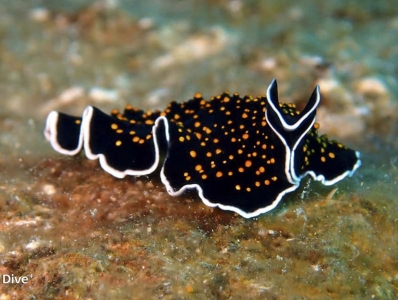
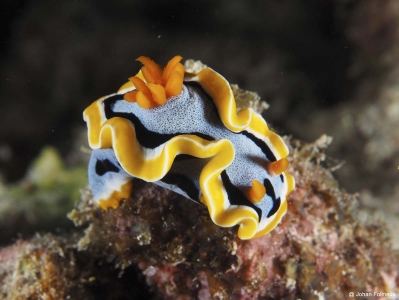
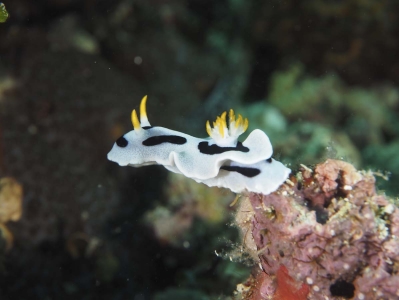
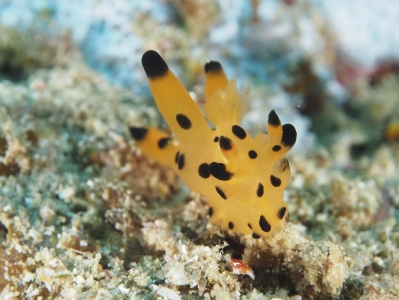


Comments
Thank you for sharing about Nudibranchs!